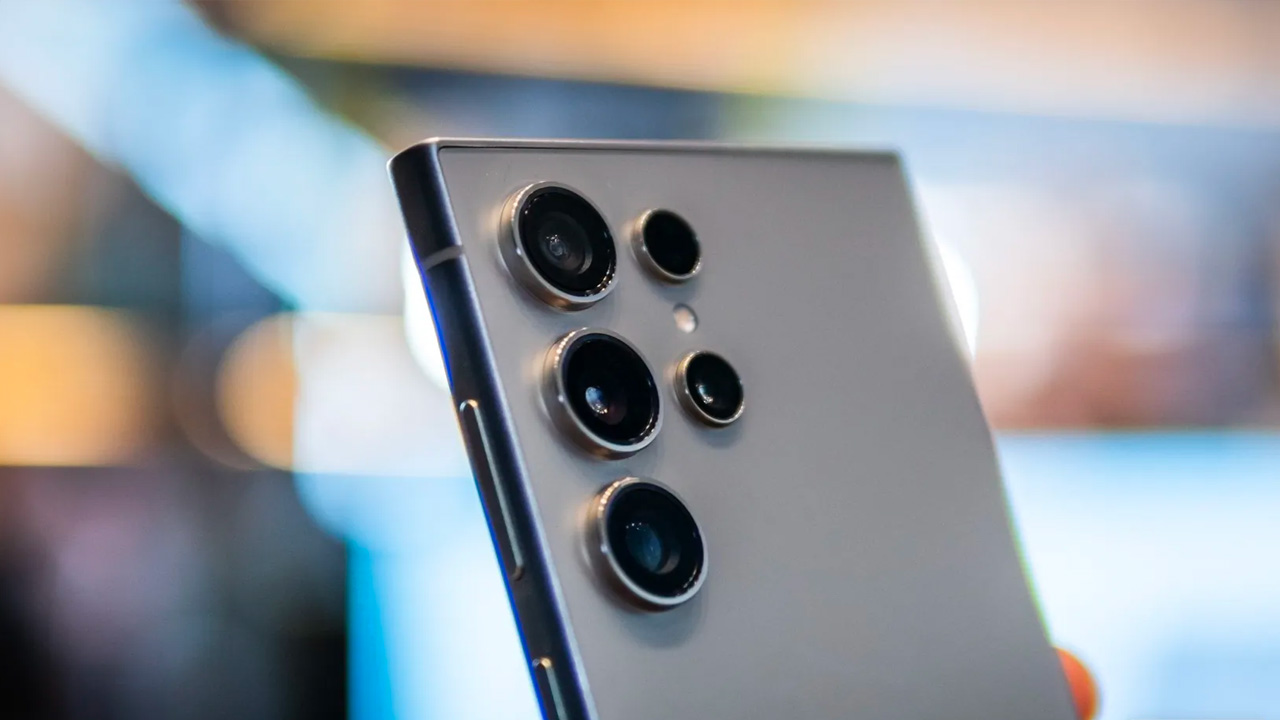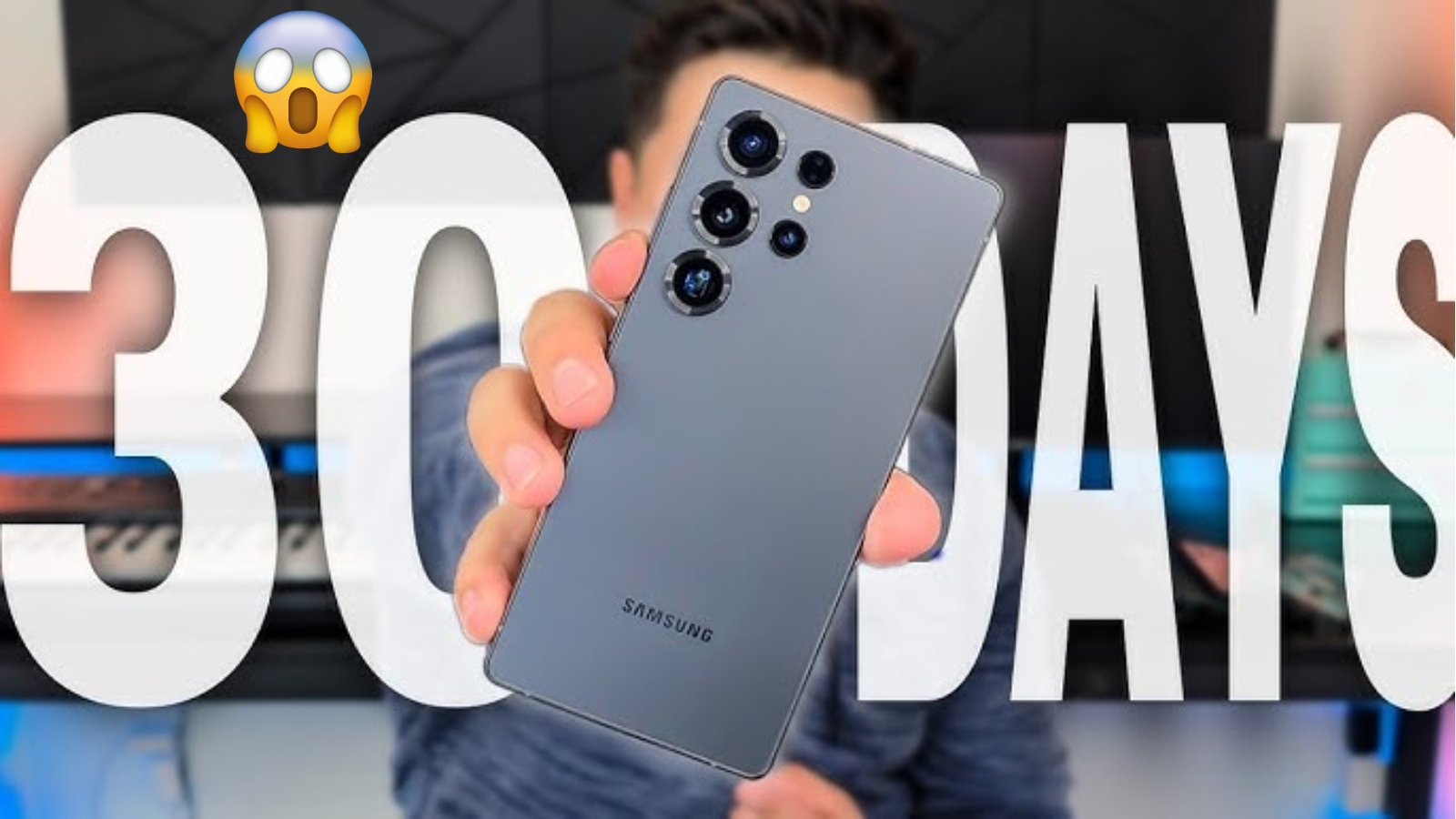When Samsung unveiled its Galaxy Z Fold7 and Z Flip7 in July 2025, the tech world took notice. But these releases tell a bigger story about how Chinese smartphone manufacturers have quietly become the global leaders in mobile innovation. While Samsung focuses on incremental updates, Chinese brands are revolutionizing entire categories of technology.
The Current Smartphone Landscape
Samsung’s new foldable lineup includes the $2,000 Galaxy Z Fold7, $1,100 Galaxy Z Flip7, and $900 Galaxy Z Flip7 FE, launching July 25. Despite Samsung’s efforts, Chinese brands are set to release an arsenal of foldable smartphones this year, while Samsung hesitates with mere incremental upgrades.
The numbers speak volumes. China reigns as the globe’s largest market for foldable phones, with two out of three foldables sold worldwide finding homes in this burgeoning market. In contrast, markets like the USA and Western Europe are grappling with a minuscule foldable penetration of around 1%.

Chinese Brands Leading the Pack
Huawei and Honor dominate China’s foldable market, holding 70% of the total market share in Q3 2024. Huawei accounts for 44.7% while Honor holds 25.6% of the Chinese foldable smartphone market. This isn’t just about local success – it’s about setting global trends.
Huawei beat Samsung to the punch in 2024 when it released a new type of foldable phone that bends in two places like an accordion, providing an even larger screen nearly the size of an iPad when fully unfolded. Meanwhile, Samsung has only shown similar concept devices at trade shows without turning them into real products.
Innovation Beyond Hardware
AI Integration and Software Development
In the high-end segment, innovations such as GenAI, system development and restructuring—such as Huawei’s HarmonyOS NEXT and Xiaomi’s HyperOS—as well as in-house chips and foldable form factor breakthroughs, have consistently captivated high-end users.
AI-capable smartphones account for 22% of Mainland China’s shipments in 2024, projected to exceed 40% in 2025. This rapid AI adoption showcases China’s commitment to next-generation technologies.
Revolutionary Design Achievements
Chinese manufacturers aren’t just keeping pace – they’re setting new standards. Honor’s implementation of the ultrathin card battery (with an average thickness of only 2.72 mm and a capacity of 5,000 mAh) in the Magic V2 has positioned it as a standout design in 2H23, securing the top spot in battery capacity among foldable smartphones.
| Innovation Metric | Details |
|---|---|
| Market Growth | China’s foldable market grew 27% YoY in 2024 |
| Battery Technology | Honor Magic V2: 2.72mm thickness, 5,000 mAh capacity |
| AI Adoption | 22% of China shipments in 2024, targeting 40% in 2025 |
| Global Market Share | China accounts for 67% of world’s foldable phone sales |
| Government Support | Nationwide subsidy program launched January 2025 |
| R&D Investment | Chinese brands receive substantial government incentives |
Government Support Accelerates Innovation
The pursuit of technological leadership is not just a company goal but a national priority in China. From smartphones to electric vehicles, brands like BYD have received substantial government incentives, allowing them to innovate without the heavy price tag usually associated with R&D.
The nationwide subsidy policy announced by the Chinese government in January, which includes smartphones, has laid the foundation for this year’s market growth. This coordinated approach between government and industry creates an environment where innovation can flourish rapidly.
Consumer Behavior Drives Demand
Chinese consumers have matured significantly, many now on their fifth or sixth smartphone. They actively seek unique and advanced devices. This appetite for innovation contrasts sharply with more conservative markets where consumers stick to familiar form factors.
The popularity of book-type foldables dwarfs that of clamshell foldables in China, with 67% of the foldables purchased being book-type. Chinese consumers understand the practical benefits of larger unfolded screens for productivity and entertainment.
Market Performance and Future Outlook
Sales Growth and Competition
Mainland China’s smartphone market shipped 285 million units in 2024, marking a recovery after two years of decline with moderate year-on-year growth of 4%. Chinese brands like vivo, Huawei, and Honor are capturing increasing market share through innovation rather than just price competition.
Foldables will account for just 2% of the overall smartphone market this year, but Chinese brands are positioning themselves to dominate as adoption accelerates globally.
Technology Roadmap
The innovation pipeline from Chinese manufacturers shows no signs of slowing. Companies are investing heavily in next-generation technologies including improved hinge mechanisms, better battery solutions, and more sophisticated AI integration. Honor’s approach to foldable smartphones departs from the traditional definition of positioning them solely as flagship products. Instead, the company views foldable smartphones as a distinct product category within the smartphone market.
Samsung’s Response Strategy
While Chinese brands push boundaries, Samsung faces increasing pressure to innovate beyond incremental updates. Samsung has spent more than half a decade selling consumers on phones that can fold in half to either double as a tablet or fit more easily into your pocket. However, the company must accelerate its innovation pace to remain competitive.
The Korean giant’s focus on refinement over revolution may work in established markets, but emerging technologies require bold moves that Chinese manufacturers have mastered.
Frequently Asked Questions
Q: Why are Chinese smartphones more innovative than Samsung’s latest models?
A: Chinese brands receive government support, face intense domestic competition, and serve consumers who actively seek cutting-edge technology, driving faster innovation cycles.
Q: Will foldable phones become mainstream globally?
A: China’s success suggests potential, but global adoption depends on price reduction and consumer education about practical benefits.
Q: How does government support impact Chinese smartphone innovation?
A: Subsidies and strategic investment allow Chinese companies to take bigger R&D risks without immediate profitability pressure.
Nokia N73 5G Returns With Bold New Look and Updated Features
